How do you begin to connect the digital dots between functional departments?
Are your organization’s departments in transition from independent entities to integration?
Management needs to guide this transition by building collaborative bridges.
Here is a three-step process for doing so:
1. Invite all department leaders to cooperate in addressing a challenge of mutual interest (e.g. moving the customer through the Digital Involvement Cycle).
Request that each participant prepare three documents for the meeting:
A. Suggestions to better your marketing strategy in order to move more customers through the Cycle to purchase and product advocacy.
B. A short presentation highlighting their department’s best digital practices and case examples.
C. Recommendations for collecting data from potential and current customers moving through the Cycle, and suggestions for how this data can be effectively used to achieve specific goals.
2. Have the group identify two or three initiatives that are linked to the goals and expected outcomes of the Integrated Digital Marketing strategy and tied to quantifiable metrics.
3. Offer regular trainings on topics requested by the group. Each session should include a collaborative task.
BUILDING DIGITAL LITERACY
Building digital literacy within the organization is critical to competitive advantage. Here are a few ways today’s emerging digital leaders can accomplish this:
- Require a collaborative skill set to bridge siloed departments.
- Blend strategic and tactical approaches.
- Stay focused on the next disruption and on creating new business models.
- Be efficient in attracting better talent and tapping into the capabilities of current employees (e.g. integrate various roles not currently combined).
FACILITATE ONGOING INNOVATION
How do you encourage innovation?
For you to continue to develop a Digitally Integrated Organization, you need to facilitate ongoing innovation. Here are a few insights on how to use innovation to ensure company growth in today’s digital environment:
Free-up Channel Communication – You might remove the middle management layer that stifles innovation by using smaller, more effective teams to encourage new ideas to move up the channel. Most innovation comes from the bottom, from those who are talking to the customers.
Hire the Right People – Believe in hiring people who don’t fit the mold. If everybody is cut from exactly the same cloth, then we probably are not going to get a lot of exceptional thinking. You’re just going to keep doing what you did, and if you do that, you’re going to have the same result you had before.
Encourage Innovation, Take Risks – You should encourage testing and should not punish failure. Companies should “kill projects, not people.” Certainly, there are different levels of risk with respect to how much innovation an organization can tolerate, but it’s important to create a culture in which people are encouraged to come forward with their ideas, and where those ideas are accepted. Where, if the idea is bad, the idea is punished, not the person.
GENERATION COLLABORATION
We seem to have a clash of cultures among the three generations that make up our organization. How do we address difference in digital literacy?
To foster effective communication between generations, sometimes referred to as generation collaboration, we need to find bridges that engage and inspire everyone. Here are some ideas:
Employ Familiar Processes – Use project management tools familiar with older generations and accepted by younger generations.
Level the Playing Field – Use internal online forums to crowdsource new opportunities and challenges, this will democratize the exchange of ideas.
Transparency is the Standard – Open, transparent communication will allow all employees to understand and appreciate the contributions of others. Transparency increases trust and collaboration, which are both vital to competitive advantage in the digital age.
Reverse Mentoring – Connect digitally-savvy Millennials with senior leaders to discuss the latest technologies and social buzz. This leadership practice exposes leaders to the digital mindset, encouraging experimentation and relationships with future pioneers.
Be Flexible – Offer flexible, (work from anywhere) options to bridge generations. Mobile technology is about freedom, efficiency, and innovative solutions.
THE QUESTION IS THAT HOW DO WE MANAGE CHANGE AND CHAOS!
Here are six recommendations for managing digital transformation:
- Be involved in shaping and driving the organization’s digital goals and strategy. Successful programs require clear leadership and strong governance from the top.
- Maintain regular contact with the team; they need your feedback and support.
- Expand digital beyond marketing and communications, it can transform every aspect of our business model.
- Budget digital as a long-term investment, as infrastructure, not as marketing media.
- Adopt flexible budgeting. Reserve some 5-15% of your project budget to fix or optimize functions that don’t perform, seize dynamic opportunities, reinvest in things that work.
- Focus on digital literacy. Our team needs to have the mindset, knowledge, and confidence to make business-critical decisions about digital investments.
Are you or Is your organization ready for developing a Digital Mindset?
Let me know!
